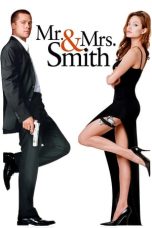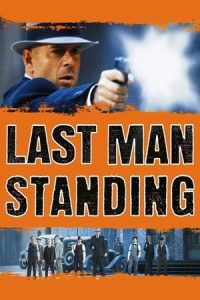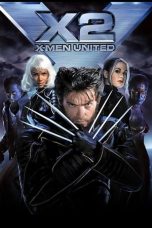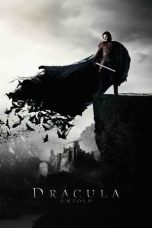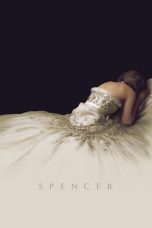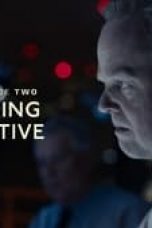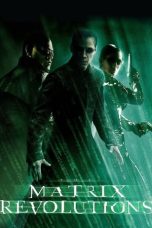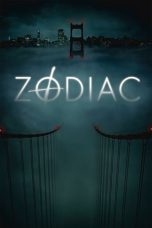- Source: Charles Loraine Smith
- Pelukis satwa
- Keluarga Allison
- Pertempuran-pertempuran Bergisel
- Tenggelamnya RMS Titanic
- Daftar Duta Besar Britania Raya untuk Yunani
- Lurleen Wallace
- Daftar penumpang RMS Titanic
- Daftar penulis Katolik
- Charles Loraine Smith
- Enderby, Leicestershire
- Charles Smith
- Braunstone Town
- Animal painter
- The Tribuna of the Uffizi (Zoffany)
- Charles L. Smith
- Johann Christian Fischer
- Sir Charles Hudson, 1st Baronet
- Allison family
The Tearsmith (2024)
X-Men: First Class (2011)
Last Man Standing (1996)
Kingdom of Heaven (2005)
No More Posts Available.
No more pages to load.
Charles Loraine Smith or Charles Loraine (1 April 1751 – 24 August 1835) was a sportsman, artist and politician. He inherited his family seat in Enderby, Leicestershire while still a boy. He was a keen horseman and his paintings of animals are well regarded. He painted both parodies and more serious subjects. He served in the British parliament, was mentioned in a divorce case, met the pope and rose to be a High Sheriff of Leicestershire.
Life
Charles Loraine was born in 1751. His father was Sir Charles Loraine, the 3rd baronet of Kirk Harle, and his family's seat became Enderby Hall near Leicester when he gained an inheritance from his great uncle Richard Smith of Enderby. He took his great-uncle's name by an act of Parliament in 1762 whilst still a boy. Loraine attended Eton College and Christ's College, Cambridge.
Smith eloped with Frances Carpenter, Countess of Tyrconnel. This elopement was cited in the divorce of the Earl and Countess of Tyconnel in 1777.
When Smith was in Florence he posed for a painting by Johann Zoffany of the Tribuna of the Uffizi. Smith is shown in a group with Zoffany, who is showing a painting by Raphael now called the Niccolini-Cowper Madonna after Earl Cowper, who is also in the group. Zoffany's painting was a commission for Queen Charlotte, and Zoffany had decided to include quite a few British people who lived in or who were visiting Florence. Smith stood as a member of Parliament just once in 1784 for Leicester. He supported Pitt the Younger's plans for reform, and he gave a number of speeches on the subjects of India, Canada and against the receipts tax and the slave trade.
Smith and his wife Elizabeth's first child, Charles Crayle, was born in 1782 and died young. In 1783 Smith became the High Sheriff of Leicestershire. His other child was Loraine Smith born in 1784. That same year Smith sold the estate at Oddington which had been left to his wife by Crayle Crayle in 1780.
Artist
The National Portrait Gallery has a copy of a print of a drawing by Smith, whilst Leicester Museums has an oil painting by Smith of the Billesdon Coplow Run. The Coplow run was a race on horseback for fox huntsmen that was celebrated in verse by the poetic bishop Robert Lowth.
Smith used his knowledge of fox hunting and his artistic skills to paint parodies. His titles included Loss of the Chaplain and his 1822 The Rendezvous of the Smoking Hunt at Braunstone. The latter parodies how fox hunting had become so fashionable that riders might smoke, even though this might prevent the dogs from finding the fox's scent. These paintings were produced as prints with engraving by J.Watson.
Celebrity
Smith was a celebrity because of his interest in fox hunting. He was a good friend of Hugo Meynell, who was called "the first foxhunter in the kingdom". Meynell was the master of the Quorn Hunt and Smith was entrusted with that role in Meynell's absence. Smith wrote a self-deprecating poem on his skills, but there were several poems written and published about his exploits by others.
His skills as a horseman enabled him to sell horses for large sums. He sold one horse for three hundred pounds.
Death, resurrection and death
He was reputedly grateful for being in good health to his 85th year. Smith died on Sunday 23 August 1835 in his armchair. His celebrity was such that not only was a poem published in good humour about his imagined death many years before the event, but another poem which imagined his resurrection was written by Mr Heyrick in light-hearted reply.

